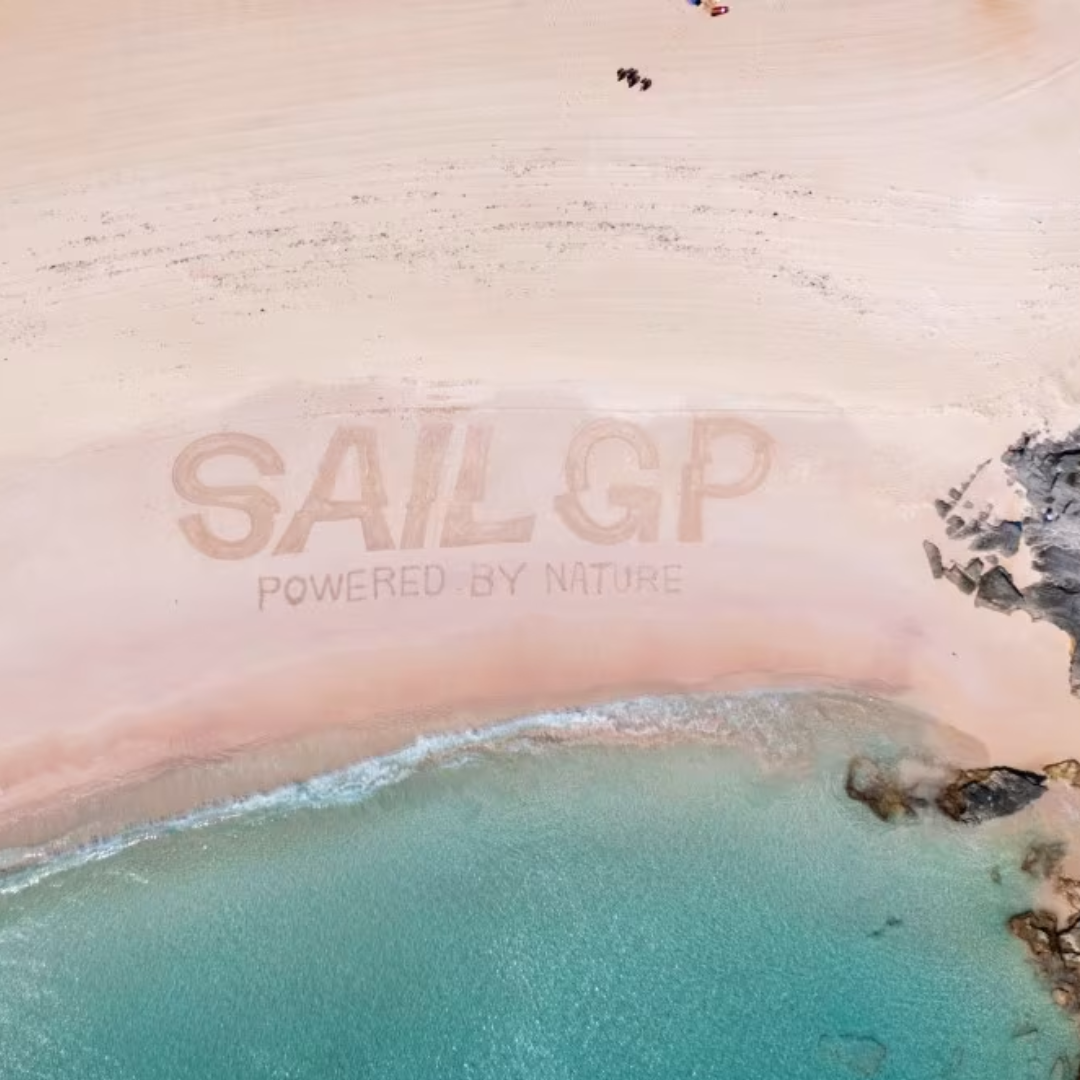Your Guide to Net Zero and Sustainability: OCW Starter Pack for Businesses
A simple but reliable guide to help you take real action, whether you’re just beginning, or ready to deepen your impact.

.png)
Introduction
Sustainability is no longer a “nice to have”; it’s a business imperative. From new regulations and climate disclosure frameworks, to shifting investor expectations and consumer demands, the pressure on organisations to act is real and growing. But knowing where to start (or how to scale what you’re already doing) can seem overwhelming, especially as key definitions, frameworks, and standards evolve.
This guide is for businesses at any stage of the journey. Whether you’re new to net zero or you’ve already taken steps, this article brings together the most current definitions, tools, and approaches in the climate action space, with expert support from One Carbon World (OCW).
OCW can help you navigate complexity and move from commitment to action.
Key Definitions: What Matters Most
Let’s start with the core concepts, stripped of fluff, grounded in science, and aligned with the latest guidance from the IPCC, SBTi and GHG Protocol.
Greenhouse Gases (GHGs)
Greenhouse gases are the heat-trapping gases in our atmosphere that drive climate change. The most common ones include carbon dioxide (CO₂), methane (CH₄), nitrous oxide (N₂O), and fluorinated gases. Each gas has a different global warming potential (GWP), meaning some trap significantly more heat than others. To facilitate comparison, emissions are converted into a standard unit called carbon dioxide equivalent (CO₂e), which represents the total warming impact of all emissions as if they were CO₂.
Scope 1, 2 & 3 Emissions
Scope 1: Direct emissions from sources that you own or control (e.g. emissions from fuels combusted in owned vehicles and stationary equipment).
Scope 2: Indirect emissions from the generation of purchased electricity, heating, or cooling.
Scope 3: All other indirect emissions that occur in the value chain, including both upstream and downstream activities (e.g. purchased goods and services, business travel, waste, etc.). Often the biggest share.
Carbon Neutrality vs. Net Zero
Net Zero and Carbon Neutrality sound like exactly the same thing. But to those engaged in climate action, they have taken on different meanings. While carbon neutrality typically focuses on offsetting carbon dioxide emissions (often through the purchase of carbon credits) without necessarily changing existing operations, net zero demands comprehensive reductions across all major greenhouse gases, including CO₂, methane, and nitrous oxide. It requires fundamental changes to how organisations operate and manage their supply chains.
In essence, achieving net zero means closing the gap between the total greenhouse gases emitted and those removed from the atmosphere. To align with the goals of the Paris Agreement, organisations must prioritise reducing their own emissions across Scope 1 (direct), Scope 2 (indirect from energy), and Scope 3 (value chain) sources. Residual emissions—those that are technologically or economically challenging to eliminate, also known as unavoidable emissions—should be addressed through high-quality carbon removal strategies.
Carbon Removals
These methods physically remove CO₂ from the atmosphere, either through natural processes (e.g., reforestation, soil carbon sequestration) or technological interventions (e.g., direct air capture). We help businesses measure, validate and access high-quality removals that are permanent, additional and independently verified.
Nature-Based Solutions (NbS)
These methods utilise natural systems to mitigate climate change through absorbing CO2, such as reforestation, restoring wetlands, or enhancing soil health. They also deliver direct benefits for biodiversity, water, and communities. We help businesses invest in NbS through vetted, transparent, high-quality projects.
Science-Based Targets Initiative (SBTi)
SBTi provides the leading global framework for setting emissions reduction targets in line with climate science and the Paris Agreement (1.5°C/2°C pathway). We can help you align with SBTi and integrate changes such as FLAG sector requirements and new validation processes.
How to Start: Your Net Zero Starter Pack (With OCW)
You don’t have to figure this out alone. Here’s how One Carbon World helps your organisation every step of the way:
- Measure what matters: OCW provides comprehensive carbon footprint assessments for Scopes 1, 2, and 3, using best-practice methodologies like the GHG Protocol, PAS 2060, and ISO 14064. We can also support you in measuring carbon removals, creating an accurate baseline to work from.
- Set science-aligned targets (SBTi): OCW helps you define clear, credible short- and long-term goals, aligned with our Carbon Neutral or Net Zero International recognitions certificates, and in compliance with international frameworks. We ensure your goals are science-based, achievable, and future-proofed.
- Reduce emissions with impact: We will identify your highest-emitting activities and support emissions reduction across operations, energy use, and supply chains. Our experts will also recommend internal policies and behavioural strategies to accelerate change.
- Remove and neutralise the rest: For FLAG organisations, we provide access to carbon credits from high-integrity, third-party verified removals, including reforestation and regenerative agriculture practices. We ensure removals are permanent, additional, and aligned with evolving UNFCCC and SBTi guidance.
- Certify, verify, and report: OCW offers globally recognised certifications (including Bronze, Silver, and Gold award levels), full reporting guidance, and third-party verification, so that your stakeholders can trust what you’re saying.
- Support, evolve, and adapt: Climate action is a journey. At OCW, we provide ongoing expert support, learning resources, and technical advice to help you adapt to evolving definitions, policies, and expectations.
What’s New: Key Industry Updates (2025)
This sector changes fast. Here are recent, specific updates you should be aware of:
- SBTi’s Financial Sector Standard (July 2025): Financial institutions can now align their lending/investment with net zero, a significant step in systemic decarbonisation. Source: https://sciencebasedtargets.org/financial-institutions
- Mandatory 5-Year Target Reviews: SBTi now requires companies to reassess their targets every five years to reflect progress and new scientific developments. Source: https://sciencebasedtargets.org
- FLAG Sector Target Adoption: Over 260 companies have adopted the Forest, Land & Agriculture (FLAG) standard, a framework for businesses in land-intensive industries like farming, forestry and food production, now required for many such businesses. Source: https://files.sciencebasedtargets.org/production/files/SBTiFLAGGuidance.pdf
- UNFCCC GHG Inventory Updates (2024–2025): Countries are now required to use improved GHG inventory methods. More robust expectations for corporate actors are likely to follow. Source: https://unfccc.int/ghg-inventories-annex-i-parties/2025
- B Lab (B Corp) Climate Disclosure Push: B Corps now expected to publish detailed emissions disclosures and evidence of reduction action, as part of stronger social/environmental verification. Source: https://bcorporation.uk/about-b-lab-uk/b-lab-uk/our-standards/b-labs-new-standards-are-here/
Common Pitfalls (And How to Avoid Them)
At OCW, we often see companies fall into similar traps. Here’s what to watch out for:
- Incomplete data, especially Scope 3. Many companies overlook value chain emissions, but these are often the largest contributors. Most stakeholders recognise that these are the trickiest emissions to measure and reduce, so OCW helps you accurately map, measure and manage Scope 3 in line with evolving standards.
- Unclear claims. Vague statements like “we’re carbon neutral” without explaining scopes, standards, or removals used can appear misleading. Our certifications are backed by independent verification and transparent criteria.
- Not adapting as standards change. The definition of "net zero" is evolving. We help you stay current, validate new targets, and adjust your strategy as needed.
Business Action Plan (with OCW by Your Side) Step Action How OCW Helps
1. Commit
Align leadership around a sustainability vision
OCW offers workshops, strategic guidance
2. Measure
Create a verified carbon footprint
OCW measures Scopes 1–3 and removals
3. Set Targets
Define short/long-term goals
OCW supports Carbon Neutral / Net Zero certification
4. Reduce Emissions
Implement reduction actions
OCW advises on energy, supply chain, SBTi-aligned change
5. Remove
Bridge the gap by addressing unavoidable emissions
OCW offers high-integrity, nature-based removals
6. Verify and Report
Certify, disclose progress, and update
OCW provides third-party certification and reporting tools
Ready to Start?
The sustainability journey is complex, but with the right guidance, any business can navigate it successfully. Definitions, policies, and expectations will continue to evolve. The key is to develop a resilient, science-aligned strategy, grounded in transparency, quality, and verified action.
One Carbon World is here to support you at every stage, from measurement to reduction, from removal to certification. Let OCW help you take real action. Learn more at www.onecarbonworld.com.

Our Projects

Turning the Tides: How Sail GP is Redefining Climate Leadership in Sports
.png)
Farming for the Future: Sasini's Journey to Net Zero






